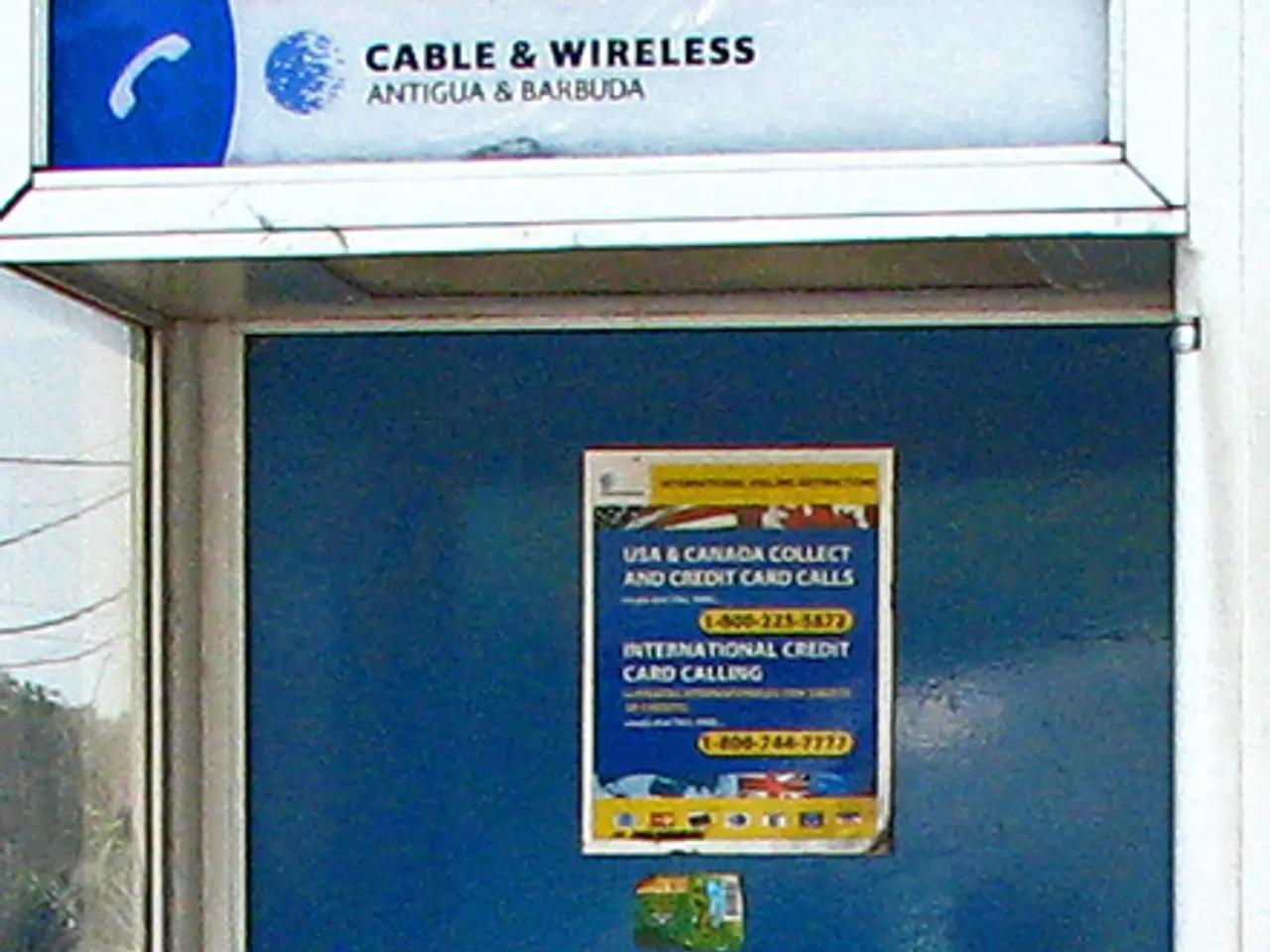Decline in Robocalls Observed in July, Projected to Reach Record High in 2025
Rising Tide of Unwanted Robocalls Continues in the U.S.
A concerning trend of increasing unwanted robocalls has persisted in the United States, with the first seven months of 2025 seeing a total of 32.5 billion robocalls, a 9.2% increase over the same period in 2024. Despite a 3.1% decline from June 2025, the total number of robocalls for 2025 is still projected to exceed 2024's volume by 9%.
In July 2025, U.S. consumers received approximately 4.3 billion robocalls, a figure roughly flat compared to July 2024. However, this slight decrease follows peak volumes earlier in the year.
The increase in unwanted robocalls includes both scam attempts and telemarketing. Some of the top scams reported earlier in 2025 involved IRS tax scams, fund recovery scams, Google Voice scams, solar power scams, precious metal investment scams, and SIM boxing fraud.
Robocalls peaked around April 2025 but have been declining for three consecutive months by July 2025, suggesting some temporary relief. However, the yearly trend is upward.
In July 2025, loan offers were the most prevalent and annoying robocall campaigns. Callers claiming to be from the "underwriting desk" were common in these loan offer robocalls. Thousands of different phone numbers were used to evade detection, urging quick action.
Alex Quilici, CEO of YouMail, stated that robocalls have not gone away despite the declining call volume. The share of robocalls deemed unwanted has risen to 60% of all robocalls, up from 58% in June 2025.
The total number of notifications (such as school closings, flight updates) decreased by 8.7% in July 2025, while the total number of payment reminders decreased by 6.4%.
As consumers continue to grapple with unwanted robocalls, increased reporting to authorities and the use of call-blocking apps, network-based spam detection, and enhanced authentication protocols are critical to address this persistent problem. Small carriers inadvertently facilitating robocall traffic due to less stringent controls complicate enforcement and prevention.
Reporting to entities like the FTC, state Attorneys General, and Do Not Call Registry helps track and mitigate robocalls. However, technical solutions remain imperfect, especially against sophisticated fraud methods like SIM boxing. Consumer vigilance and improved industry and regulatory countermeasures remain essential to address this ongoing issue.
- To combat the rise in unwanted robocalls, implementing robust cybersecurity measures in technology systems could help identify and block potentially malicious calls.
- As the volume of unwanted robocalls continues to increase, embracing advanced technology for call-blocking apps and network-based spam detection might be crucial in alleviating this growing concern.




